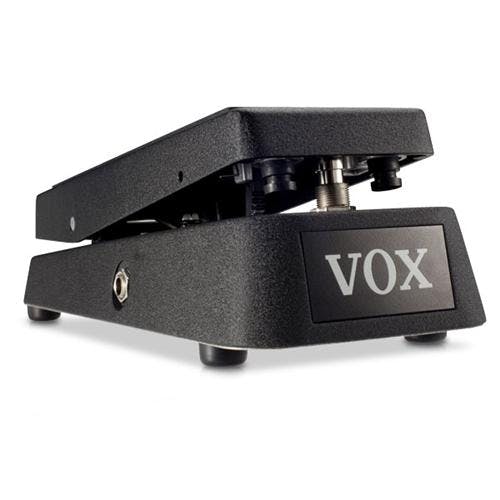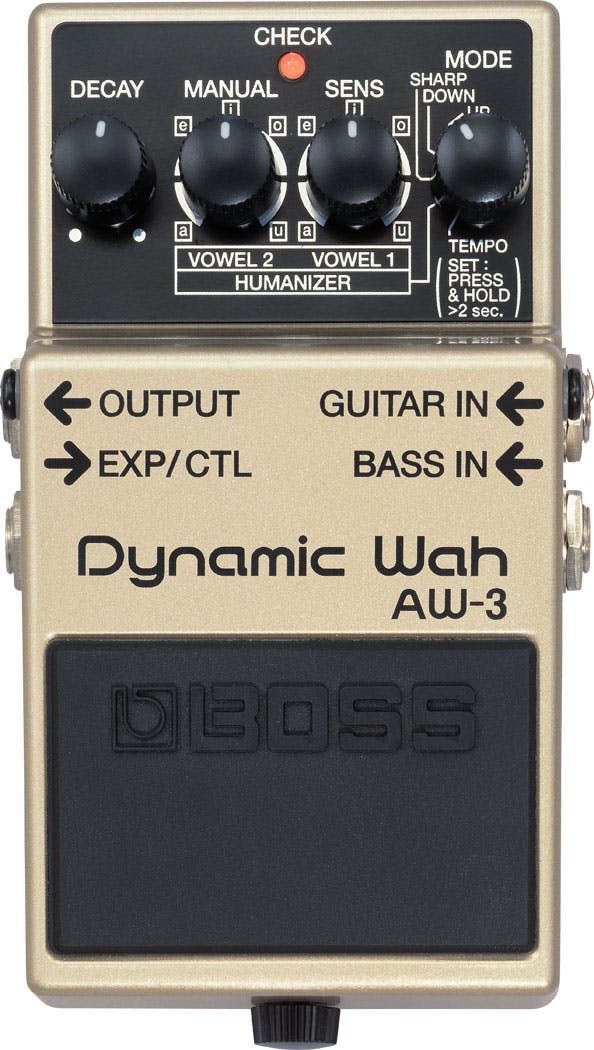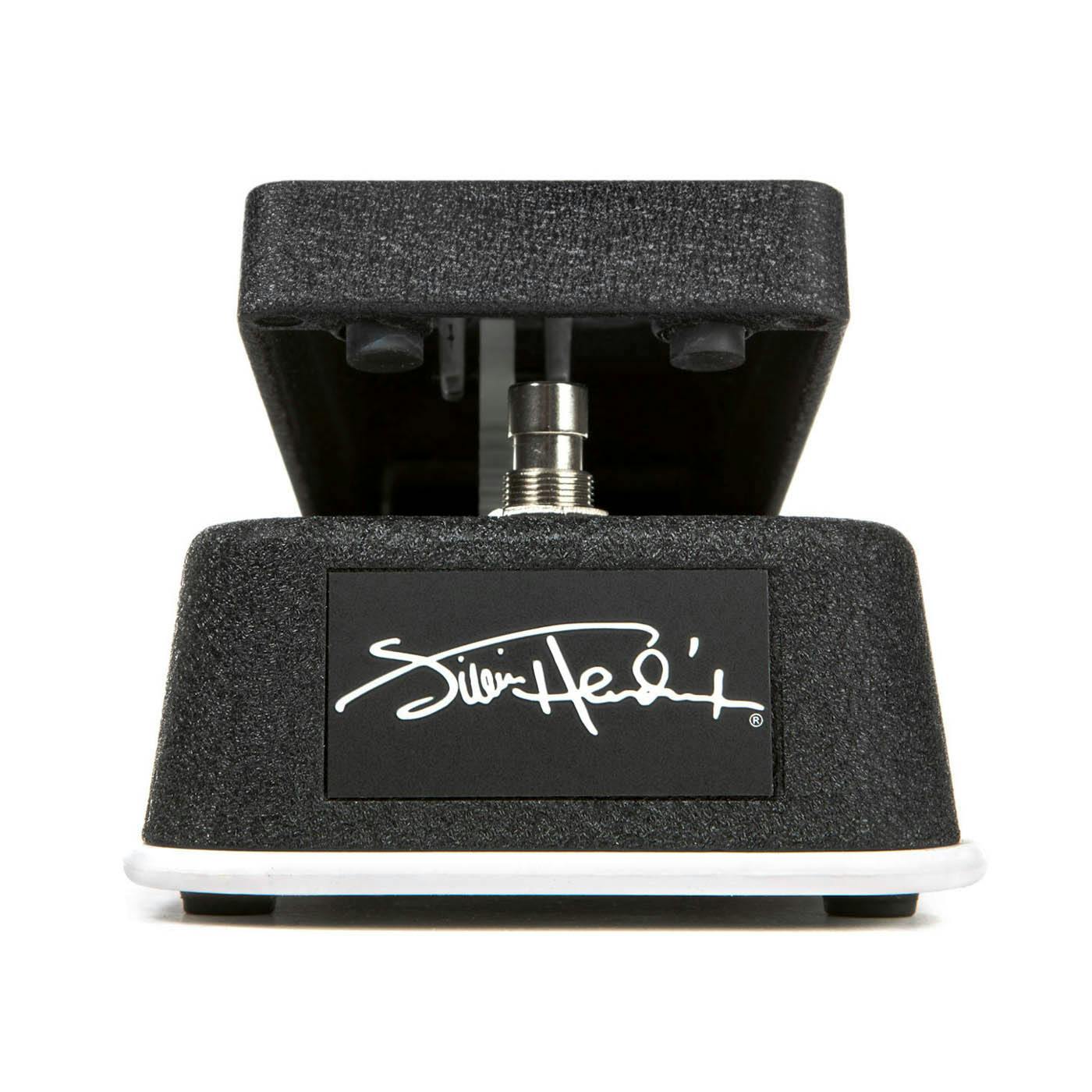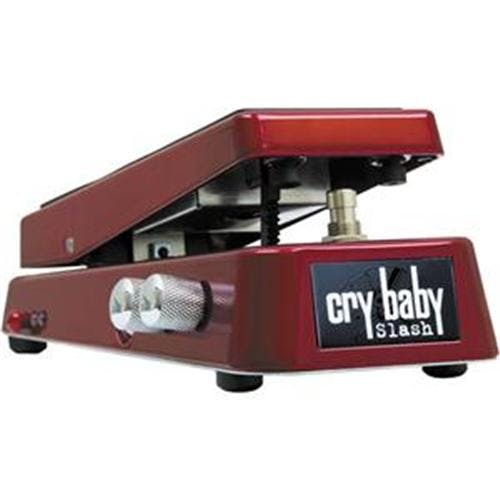just a load of Wah Video – Guitar Effects Pedal Lesson: How To Use A Wah Pedal
Wah Video – Guitar Effects Pedal Lesson: How To Use A Wah Pedal
BOSS RC-1 Loop Station Pedal | Industry Standard Simple Looper for Guitar, Bass, Keyboards & More | 24-Segment LED Indicator | 12 Minutes of Record Time | Record, Playback, Overdub, Undo & Redo Loops
£117.00 £99.99
Experience a new level of fun with our most user-friendly Loop Station to date, perfect for guitar, bass and keyboard players. The RC-1 allows you to create musical textures by layering individual phrases to form a continuous loop. Experience the fun… read more
JOYO Vintage Phase Effect Pedal Beautifully Re-Creates Classic Phaser Sounds of 70’s for Electric Guitar Effect – True Bypass (JF-06)
£27.99
JOYO Vintage Phase guitar effect pedal, beautifully re-creates the classic phaser sounds of the 70's. Easy to use, with just the single "speed" control knob-you can dial up that in-and-out of phase tone in no time! True Bypass provide transparent ton… read more
TC Electronic DITTO LOOPER Highly Intuitive Looper Pedal with 5 Minutes of Looping Time, Analog-Dry-Through and True Bypass, Compatible with PC and Mac
£73.25 £75.90
Created by guitarists, for guitarists, the DITTO LOOPER provides essential looping features in a compact, user-friendly design With a simple one-knob interface, DITTO LOOPER makes looping easy-record, undo/redo, stop, and erase with intuitive foot co… read more
Valeton GP-5 Super Compact Multi-Effects Processor & NAM/IR Loader Pedal
£65.00
Ultimate Tone & Portability: Combines studio-grade HD effects with a compact stompbox design, delivering over 100 organic effects and 9 customizable modules for seamless pedalboard integration. NAM & IR Compatibility: Load up to 80 Neural Amp Modeler… read more
Valeton Guitar Pedal Multi-Effects Processor with Expression Pedal Guitar Bass Amp Modeling IR Cabinets Simulation Multi Language Stereo OTG USB Audio Interface GP-100
£108.99
140 Built-in Guitar/Bass/Acoustic Effects with 45 Legendary Amp Models and 40 carefully selected IR Cabinet Simulations, 24-bit 44.1kHz Signal Processing 100 Built-in Drum Rhythms and 90 Seconds Looper, 198 Presets, Adjustable Signal Chain with Maxim… read more
Jim Dunlop The Original Crybaby Pedal GCB 95
£104.99 £89.00
Heavy die cast construction for years of reliability The original crybaby wah wah pedal that has been a standard in the world of music since its introduction in the late 1960's 100k ohm hot potz potentiometer that allows for that quick, abrupt wah so… read more






















